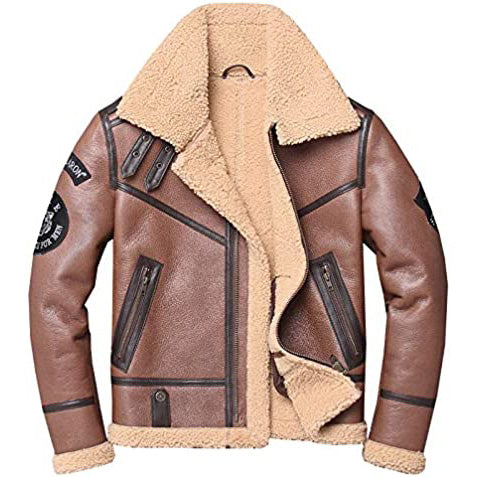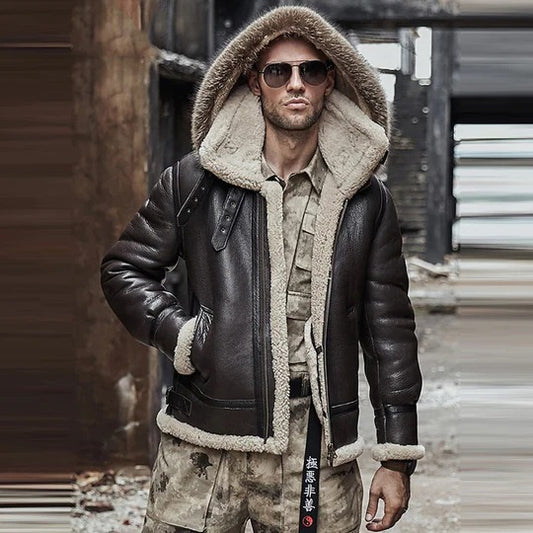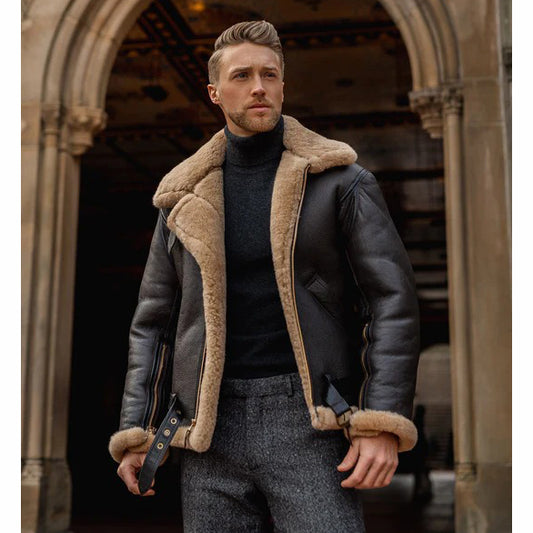Picture your favorite jacket—soft, stylish, durable. But do you ever wonder about its true impact? The global leather industry is under scrutiny for pollution, animal welfare issues, and opaque supply chains. Enter ethical fashion and sustainable leather, a solution that balances style with conscience by prioritizing environmental stewardship, transparency, and animal welfare. Let’s explore why choosing sustainable leather isn’t just a trend—it’s a responsibility that benefits you, the planet, and society.
What Is Sustainable Leather?
Sustainable leather refers to leather produced under high ethical standards—minimizing environmental impact, ensuring humane treatment of animals, and upholding supply chain transparency.
Key traits include:
-
Low-impact tanning methods (e.g., vegetable or chrome-free)
-
Certified supply chains, like Leather Working Group standards
-
Strict traceability from pasture to product
-
Circular design philosophies including upcycling and recycling options
A leather product meeting these criteria helps reduce greenhouse gas emissions, avoids toxic chemicals, and ensures fair labor practices. This stands in stark contrast to fast fashion leathers that often prioritize cost over ethics. By choosing sustainable leather, you’re supporting industry-wide accountability and helping drive further innovation in ethical fashion.
Environmental Impact of Conventional Leather
Traditional leather production is fraught with water pollution, deforestation, and significant greenhouse gas emissions.
-
Tanning often relies on toxic chemicals like chromium VI, endangering local waterways.
-
Raising livestock contributes heavily to methane emissions.
-
Areas in Brazil and Indonesia have seen forests cleared for pasture land.
For comparison:
| Impact Area | Conventional Leather | Sustainable Leather |
|---|---|---|
| Water usage | ~20,000 L per kg | ≤50% with cleaner tech |
| Pollution | Toxic effluents | Filtered or natural methods |
| Carbon emissions | High (cattle farming) | Reduced via traceability |
By advocating sustainable leather, consumers drive demand for cleaner production, reduced carbon footprint, and improved ecosystem protections—pushing the industry toward better environmental stewardship.
The Ethics of Animal Welfare
At the heart of ethical fashion lies concern for animal treatment. Conventional leather often involves large-scale factory farming, where conditions can compromise animal welfare.
Sustainable leather brands prioritize:
-
Free-range grazing
-
Humane slaughter protocols
-
Use of animals raised primarily for food as a by-product, reducing waste
Let’s underline the difference:
-
Unregulated farms may ignore stress and overcrowding, harming animal well-being.
-
Ethical suppliers implement Third-party animal welfare audits (e.g., Global Animal Partnership).
By opting for sustainable leather, consumers incentivize brands to enforce rigorous welfare standards. It’s not about vegan leather; it’s about ensuring real leather is produced with integrity—caring for animals, workers, and communities along the way.
Key Criteria: Certifications & Traceability
Navigating ethical leather requires credible criteria:
-
Leather Working Group (LWG): awards gold, silver, or bronze based on environmental performance
-
Global Organic Textile Standard (GOTS) or ISO 14001 for chemical safety
-
Animal welfare standards like GAP Step 2+
Traceability tools:
-
QR codes or batch numbers
-
Publicly accessible supply chain data
-
Partnerships with NGOs for transparency
When a product clearly states certifications and includes origin details, trust increases. These layers of verification show concern for transparency, experience, authority, and trustworthiness—all pillars of Google’s E‑A‑T requirements. For shoppers, this visibility translates into confidence and peace of mind.
Innovative Alternatives to Conventional Leather
Innovation is driving ethical fashion. Alternative leathers include:
-
Piñatex (pineapple leaf fiber): biodegradable and strong
-
Mushroom leather (mycelium-based): natural and compostable
-
Cactus leather: tanned with minimal water and chemicals
These offer:
-
Lower environmental footprint: no animal farming or toxic tanning
-
Unique aesthetics: varying textures and finishes
-
Brand differentiation: early adopters gain market edge
However, produced at scale these alternatives face consistency and quality challenges. The sweet spot? Blended collections featuring genuine sustainable leather, certified and clearly labeled, plus plant‑based options for conscious consumers.
Durability & Quality: A Long-Term Investment
Ethical leather isn’t just feel‑good—it’s built to last. Bringing together:
-
Superior craftsmanship
-
High-grade sustainable tanning
-
Material longevity
Benefits include:
-
Resistance to wear and tear
-
Enhanced patina and style over time
-
Long-term cost-per-wear savings
Compare: a $200 fast-fashion piece may deteriorate in months. A responsibly crafted leather jacket, though pricier upfront, can last decades—wearing better and reducing waste. Balanced investment.
Bold highlight: durability means less waste, more value.
Consumer Benefits: Why It Matters to You
Choosing sustainable leather gives you:
-
Style with conscience: a unique, eco-responsible look
-
Health safety: low-chemical tanning means fewer toxins close to your skin
-
Eco-value: reduce water use, pollution, and GHG emissions
-
Social good: supports fair labor, ethical farming, and transparency
Bold highlight: making mindful choices builds consumer trust and satisfaction.
This aligns with your values and strengthens your sense of impact—every purchase makes a statement.
How to Choose Ethical Leather Products
Follow these steps:
-
Look for certifications (LWG, GAP, ISO)
-
Read the label: is tanning method disclosed?
-
Evaluate brand transparency
-
Ask questions: origin, environmental protocols, labor standards
-
Check reviews for durability and customer experiences
A rating system could look like:
-
🌟 = Certified + traceable
-
👍 = Transparent but unverified
-
⚠️ = Vague or unverified claims
By actively choosing with care, consumers reward companies that prioritize ethical production—driving broader industry changes.
Case Study: Jackets Kingdom’s Ethical Promise
At Jackets Kingdom, ethical fashion is a guiding principle:
-
Sustainably sourced hides from responsibly managed ranches
-
LWG-certified tannery partnerships aligned with ISO 14001 standards
-
Full traceability via batch codes on every product
-
Eco-friendly packaging and take-back repair programs
This adds value by offering:
-
Confidence in animal welfare standards
-
Assurance of craftsmanship and materials
-
A community of like-minded customers
Bold highlight: Jackets Kingdom combines style, quality, and responsibility—your go-to for sustainable leather goods that reflect your values.
FAQs (Frequently Asked Questions)
-
Is sustainable leather vegan?
No. It’s real animal leather produced under ethical standards, unlike synthetic or plant-based options. -
Is it more expensive?
Typically yes. But quality and durability often justify the upfront investment. -
How can I verify claims?
Check labels for LWG, ISO, and animal welfare certifications. Research brand traceability. -
Can I recycle or dispose it responsibly?
Look for brands with take-back schemes or compostable plant-based blends. -
What care does it need?
Use eco‑friendly leather conditioners and store away from heat and moisture.
Ready to elevate your wardrobe—and your impact? Explore Jackets Kingdom’s curated collection of sustainable leather jackets. Each piece is ethically made, traceable, and built to last. Embrace style with purpose—shop now and join the movement for a better future.




